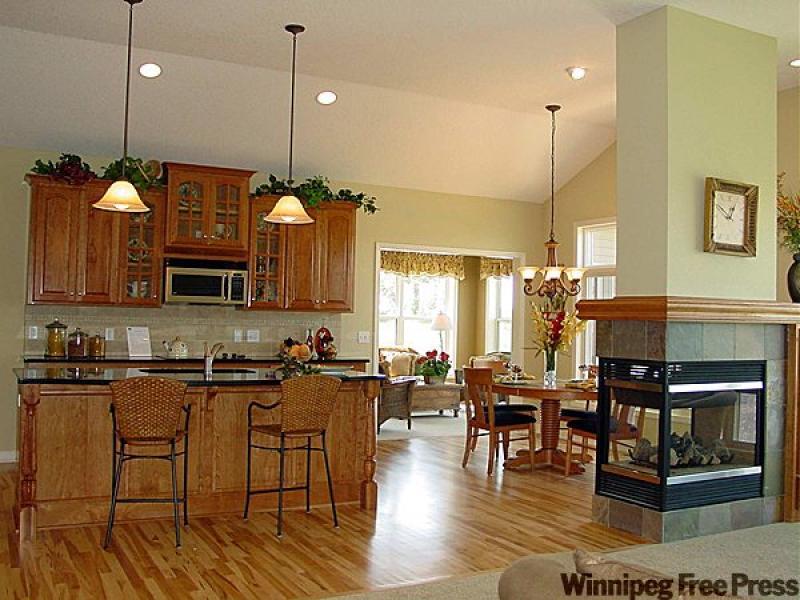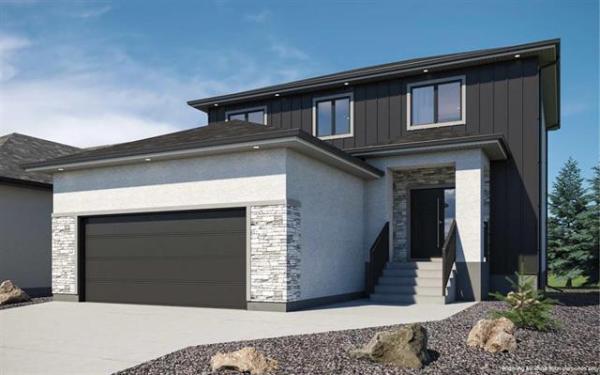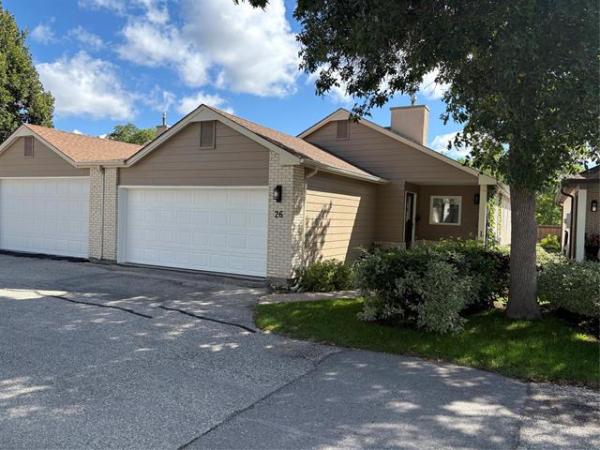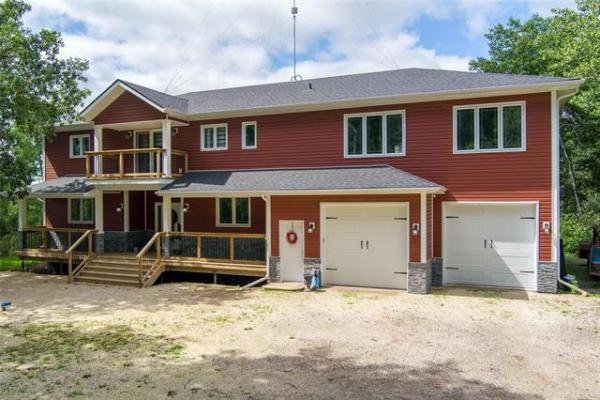QUESTION -- My gas fireplace stops working when the outside temp gets down to about minus 20 C.
I believe this is caused by condensation in the chimney because when it warms up we get water in the bottom of the fireplace.
I have asked around at fireplace supply and service companies and no one can tell me how to fix this problem. Can you come up with a solution?
--Jim Toews, e-mail
ANSWER -- You are probably right on the money with your explanation of the cause of your fireplace malfunction. There may be several ways to approach the issue, largely dependent on the style of gas fireplace that you have in your home. I will offer a couple of options, but I am surprised that fireplace experts have not offered these same suggestions, but they may have been reluctant to offer any advice without a site inspection.
There are two main types of gas fireplaces that I regularly see in homes. The first types are newer, self contained units with sealed glass fronts and either direct venting through the exterior wall or through a metal vent in an older chimney. The second styles are imitation log units that are normally retro-fit into older masonry or zero-clearance wood fireplaces. Some of the second type are questionable as far as safety, and are much more prone to problems like you are experiencing.
Wood fireplaces have chimneys specifically designed for burning high quality, dry timber and are not suitable for installation of natural gas, imitation log inserts without modification. A properly sized metal chimney or vent must be installed inside the old flue to allow for proper draft and operation of the gas burning unit and to prevent damage to the brick chimney. Some, older units of this type were installed without proper chimney liners, which may easily lead to condensation inside an old masonry chimney with a large flue. The products of combustion from this gas burner are not often hot enough to reach the top of the flue without cooling to the point of condensation. When this happens, excessive frost and ice can develop inside or on top of the chimney, disallowing proper draft. This may cause the pilot light on the gas burner to blow out or back-venting when the unit is fired. The problem can be further exacerbated if the top of the older flue is wide open allowing leaves, birds or squirrels to enter and partially block the area.
The solution to this first problem scenario is to install a proper metal vent inside the older chimney with an exterior rain cap, which should maintain the exhaust temperature until it exits the chimney. There may still be some ice build-up on the top of this newer insert, but it should not prevent proper operation.
My bigger concern if you have one of these retro-fit units without the proper chimney liner is the safety of the unit, itself. If the proper chimney liner was not installed by a licensed gasfitter, it is much more likely that the unit itself may not be properly rated for this use.
Many older units of this type do not meet current safety Standards and were never certified by a proper testing facility. If you have any doubts, the gas for the unit should be shut off and the fireplace inspected by a licensed gasfitter trained in fireplace installation or a Manitoba Hydro inspector.
The second style of fireplace, with a sealed glass front, is less problematic as long as there is sufficient air for combustion. Because these units have mainly sealed combustion chambers they must get sufficient fresh air for combustion or they will not operate properly. The best source of this combustion air is from outside the home and there may be a fresh air intake hood or screen on the outside of the chimney for this purpose. If this is missing, installation of a proper fresh air intake hood and duct may solve the problem. If the fireplace is operating only with air from the living space of your home, there may be too high a moisture content or relative humidity to prevent condensation. The air outside the home can hold less moisture when it is cold than warm interior air, so it is less likely to cause condensation problems when heated by the gas burner. If a fresh air intake is seen, check to see that it is not blocked by dirt, dust or debris. It is quite common for these to become clogged, and a simple cleaning may solve the problem.
The last item to address is poor operation of your gas-fired unit due to dirty or improperly adjusted burners. If the unit has not been cleaned or serviced for several years, the burner may be deteriorated or partially plugged, which can cause incomplete combustion of the natural gas. In that case, not only will the operation be poor, but intrusion of carbon monoxide and carbon dioxide into the home may be possible. Incomplete combustion can sometimes be diagnosed by seeing excessive soot on the burners, pilot light, or other components of the fireplaces.
No matter what is causing your fireplace to malfunction at low temperatures, the main concern is safety of the gas burning appliance in your living space. This unit should be inspected and evaluated by a licensed gasfitter specializing in fireplaces before any further use. While the lack of operation may be a nuisance, the potential life-safety hazard should be the real concern of a malfunctioning gas fireplace. p>
Ari Marantz is the owner of Trained Eye Home Inspection Ltd. and the President of the Canadian Association of Home & Property Inspectors - Manitoba (www.cahpi.mb.ca). Questions can be e-mailed or sent to: Ask The Inspector, P. O. Box 69021, #110-2025 Corydon Ave., Winnipeg, MB. R3P 2G9. Ari can be reached at (204) 291-5358 or check out his website at www.trainedeye.ca.




